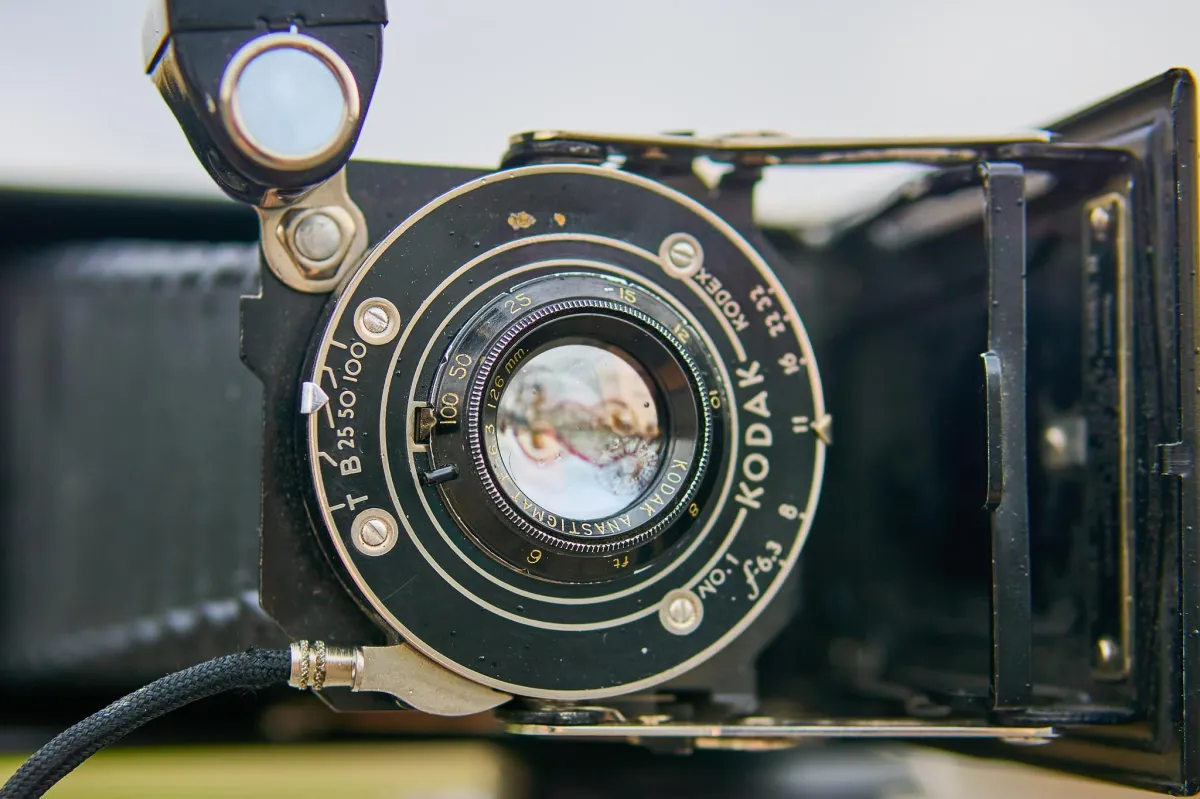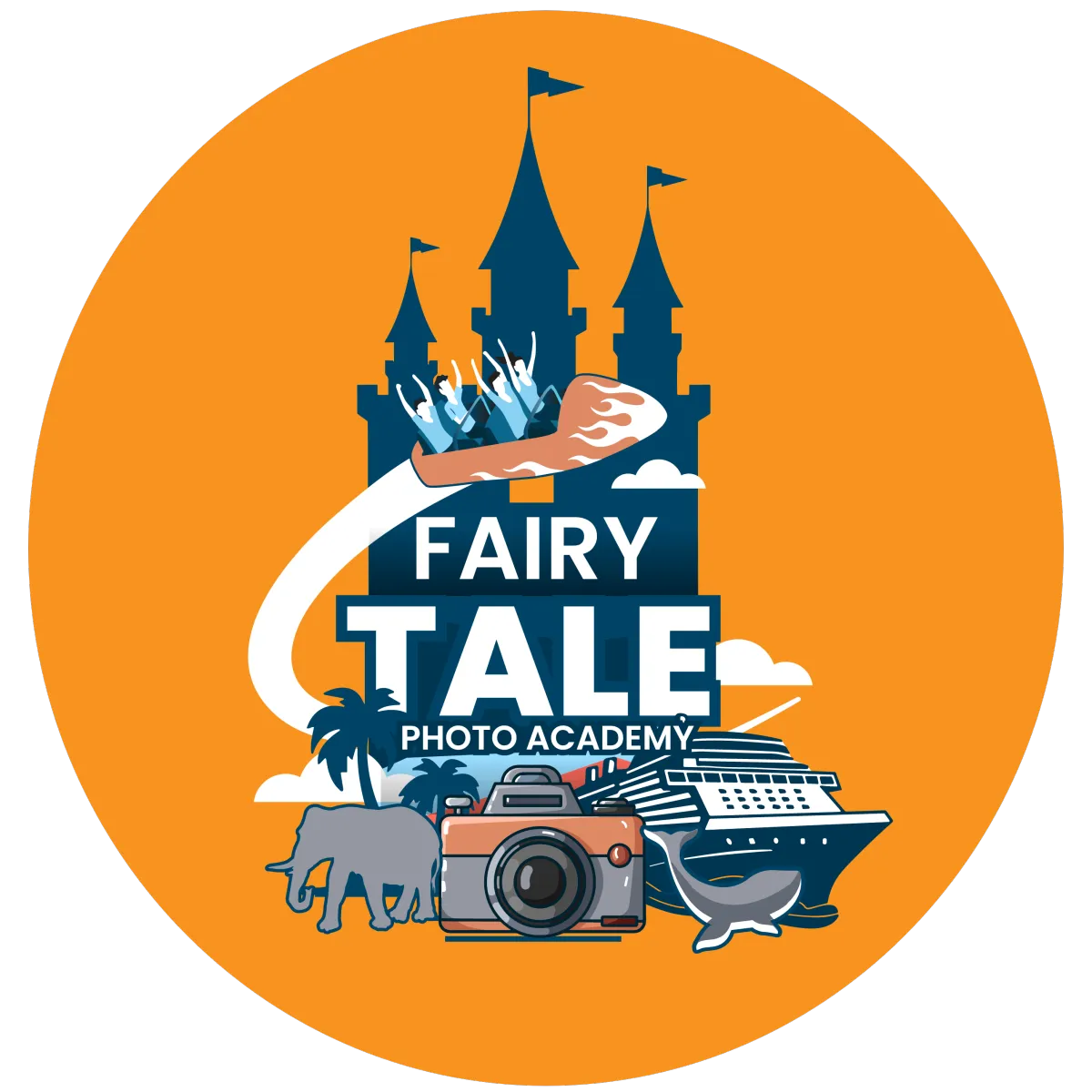
The Camera Debate: Travel Light or Go All-In for Theme Park Photography?
When heading to a theme park, one of the most important decisions you’ll make—at least as a photographer—is what camera to bring. Do you go light and compact to focus on fun with family and friends? Or do you carry a more advanced setup to capture challenging shots in low light, fast action, or unique perspectives? The right choice depends entirely on your goals for the day.
What’s Your Goal for the Day?
Before choosing a camera, ask yourself: What do I want out of this trip?
Making memories with family and friends? A lightweight, compact option like a smartphone or point-and-shoot camera will keep you in the moment without weighing you down.
Capturing stunning, high-quality photos? A full-frame or crop sensor DSLR/mirrorless camera offers better performance in challenging light and more creative control.
A mix of both? You might need to balance portability and capability, using a phone for quick snaps and a larger camera for more intentional shots.
How Your Camera Choice Affects Your Ride Experience
Camera size can impact not only what you shoot but also how you experience the park. When I first upgraded from a point-and-shoot to an interchangeable lens camera, I avoided taking it on roller coasters for the first couple of years. The thought of dropping such an expensive camera mid-ride was terrifying. But once I figured out how to secure it properly, I captured some of the best on-ride shots of my life.
The bigger the camera, the more you'll need to think about storage, protection, and how it fits into your day. If you’re riding water attractions, will you risk bringing a high-end camera or leave it in a locker? If you have a large backpack, will you want to take it on every ride, or will it slow you down?
Breaking Down the Options
Let’s explore the pros and cons of each type of camera for theme park photography:
1. Smartphones: The Ultimate Convenience
Pros:
✔️ Always with you, fits in your pocket
✔️ Quick and easy to use for capturing spontaneous moments
✔️ Great for social media sharing in real time
✔️ Computational photography helps with challenging lighting conditions
Cons:
❌ Limited zoom and depth of field compared to larger cameras
❌ Struggles in extreme low-light situations like dark rides
❌ Less manual control for fine-tuning shots
❌ Lack of a dedicated hand grip makes it difficult to hold securely on rides.
Best for: Casual photographers, social media sharing, and anyone wanting a hassle-free experience.
2. Point-and-Shoot Cameras: A Step Up Without the Bulk
Pros:
✔️ Compact and lightweight
✔️ Optical zoom offers more flexibility than a phone
✔️ Some models have better low-light performance than smartphones
Cons:
❌ Not as pocketable as a phone
❌ Smaller sensors than DSLRs/mirrorless cameras mean lower image quality in tough conditions
❌ Some models have slow autofocus or limited manual controls
Best for: Travelers who want better zoom and quality than a smartphone but without carrying extra gear.
3. Full-Frame/Crop Sensor DSLR & Mirrorless Cameras: Maximum Quality, Maximum Effort
Pros:
✔️ Best image quality with large sensors
✔️ Excellent low-light performance, perfect for dark rides and nighttime shots
✔️ Interchangeable lenses for creative flexibility
✔️ Fast autofocus for capturing action shots
Cons:
❌ Bulky and requires careful handling throughout the day
❌ Additional lenses and accessories add weight
❌ May need a locker or storage solution on rides
Best for: Enthusiasts and professionals who prioritize quality and creative control over convenience.
4. Film Cameras: A Nostalgic Challenge
Pros:
✔️ Unique, timeless look that digital can’t replicate
✔️ Forces you to be more intentional with each shot
✔️ Fun for capturing the park in a vintage aesthetic
Cons:
❌ Limited number of shots per roll
❌ No instant feedback—you won’t know if you nailed the shot until later
❌ Not ideal for fast action or low-light situations without the right film
Best for: Film enthusiasts who enjoy the art of analog photography and want a unique way to document their trip.
The Best Camera Is the One You Have and Know How to Use
At the end of the day, the best camera is the one you have with you and are comfortable using. Every camera has strengths and limitations, so it’s best to take advantage of what your gear does well rather than worrying about what it lacks.
Most modern smartphones are more than enough to be the only camera you need. But if you’re willing to carry more gear, a larger camera opens up more creative possibilities—as long as you're prepared for the extra bulk and responsibility.
Only you can decide what’s right for your trip. What matters most is enjoying the experience while capturing the moments that matter to you.
📸 Want to take your theme park photos to the next level? Download my FREE eBook: Top 3 Magic Moments: Tips to Shoot Epic Theme Park Photos With a Cell Phone at FairyTalePhotoAcademy.com! Even though it’s aimed at phone photography, the tips apply to all cameras.
Happy shooting, and enjoy your time in the parks! 🎢✨

